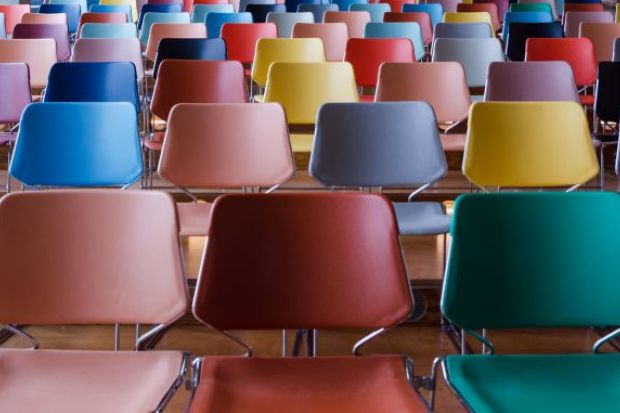Although faculty, staff, and students accomplished the Herculean task of pivoting to alternative distance delivery to finish the semester, what will happen this autumn is the looming question for higher education. The California State University system has decided that instruction will be primarily online this fall, while other institutions have pledged to reopen their campuses for some form of face-to-face instruction, complete with athletics and other trappings of what used to be considered normal.
As we look towards a time when shelter in place restrictions are relaxed, decisions should be based on science, epidemiology, and even the availability of hospital beds. There are many unknowns – such as the availability of a vaccine and track and trace capacity – but a single approach to starting the new term will not work for all. Responses will vary by region and by type of college and university.
What is certain is that schools and universities are some of the places where the largest number of people come into contact with each other on a daily basis – dangerous breeding grounds for an exponentially transmitted virus like Covid-19.
Thus, the higher education settings we love will probably be some of the last to be released from restrictions. Even when released, some may choose to work or study remotely.
Although distance delivery has proven to be effective on average, fully online learning does not work for every student at every stage of their education, nor for every discipline.
And even though students remained committed to their studies through the spring semester, we don’t know that these same students will re-enrol in the fall. Some may choose to stop for a while until their lives settle down. Submissions for Free Application for Federal Student Aid are down, so it’s likely we will see an enrolment decline across the board.
The Covid-19 pandemic has exposed the fallacy of clinging to the nostalgic view of college as a full-time, residential experience with coursework as students’ sole responsibility.
The majority of students have much more complicated lives. They work, many full-time. They have children or older family members to care for. They are dealing with immigration issues. They are first-generation students, constantly figuring things out. They are confronting past trauma and mental health issues. They are in the military.
And now they are dealing with a global pandemic. These students need flexibility now more than ever. This can be provided through various forms of distance delivery.
Postsecondary enrolments typically increase during periods of low employment, but we’re entering uncharted waters during this Covid-induced recession and we should not assume old patterns will prevail.
Still, education is the one dependable pathway to economic mobility. We need to remind students of this with messages that cut through life’s complications and information overload. We’re all struggling with how to plan in an uncertain world – something we’ve become accustomed to here in Alaska. We may not have all the answers, but we can communicate clearly about what we know now.
To establish communication strategies, we should consider different student personas and what might be on their minds as they make study decisions, as well as the differential needs of the whole person. This needs analysis can help guide the design of services and relevant messaging for different student groups.
What can we glean from creating these personas? First, one approach does not fit all, and we cannot assume that distance delivery is a deal-breaker for most students. Most students adapted well during the spring semester and they recognise the value of this mode of instruction for certain courses, even if it is not their favourite mode. If we look at the whole person, we can understand that broader life issues – such as a job loss or childcare responsibilities – rather than teaching modality are more likely to prevent a student from enrolling in fall 2020.
As much as possible, advisers, faculty members, counsellors, and student services staff need to assess students’ needs and reach out with customised messages to individual students or more granular student segments. Part-time students have different concerns to full-time scholarship students. Science students have different concerns to business students. Many students need mental health counselling or other services.
We also have the opportunity to develop some rapid-response alternative credentials to help community members right now.
Yes, enrolments will decline. But, like many businesses affected by the pandemic, we need to adapt to market demand. Many students have the potential to successfully continue their education in fall and they have the motivation to do so. It’s our job to proactively reach out to them in any way we can, and to personalise our approach to deliver what they need.
This won’t be easy, but adaptations such as these are necessary in our current environment. Those colleges and universities that believe the status quo will prevail will suffer; those who innovate and adapt will survive and ultimately thrive.
Cathy Sandeen is the chancellor of the University of Alaska Anchorage.
Register to continue
Why register?
- Registration is free and only takes a moment
- Once registered, you can read 3 articles a month
- Sign up for our newsletter
Subscribe
Or subscribe for unlimited access to:
- Unlimited access to news, views, insights & reviews
- Digital editions
- Digital access to THE’s university and college rankings analysis
Already registered or a current subscriber? Login




